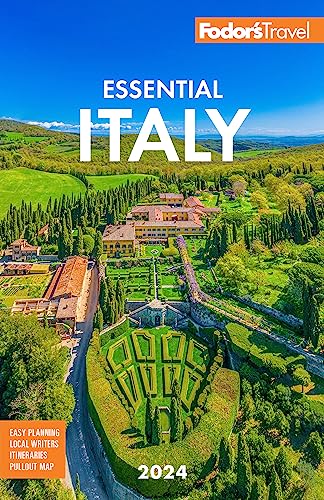If you're after palatial villas, rose-laden belvederes, hanging wisteria and bougainvillea, lanterns casting a glow over lakeshore restaurants, and majestic Alpine vistas, then Lake Como is for you. Although summer crowds threaten to diminish the lake's dreamy mystery and slightly faded old-money gentility, the allure of this spectacular place endures. Como remains a consummate pairing of natural and man-made beauty. The villa gardens, like so many in Italy, are a union of two landscape traditions: that of Renaissance Italy, which values order, and that of Victorian England, which strives to create the illusion of natural wildness. Such gardens are often framed by vast areas of picturesque farmland—fruit trees, olive groves, and vineyards.
Lake Como is some 47 km (30 miles) long north to south and is Europe's deepest lake (almost 1,350 feet). Car ferries and vaporetti (water buses) traverse the lake in season, making it easy to get to the other main towns, Cernobbio, Tremezzo, and Varenna. Many travelers head directly to boats waiting to take them to Bellagio and the centro di lago, the center region of the lake's three branches, and its most beautiful section. You should not pass by the 2,000-year-old walled city of Como, however, a leading textile center famous for its silks—even if you only linger long enough to see the medieval town center and pretty lakefront. Remember that Lake Como is extremely seasonal: if you go to Bellagio, for example, from November through February, you’ll find nothing open—not a bar, restaurant, or shop.




